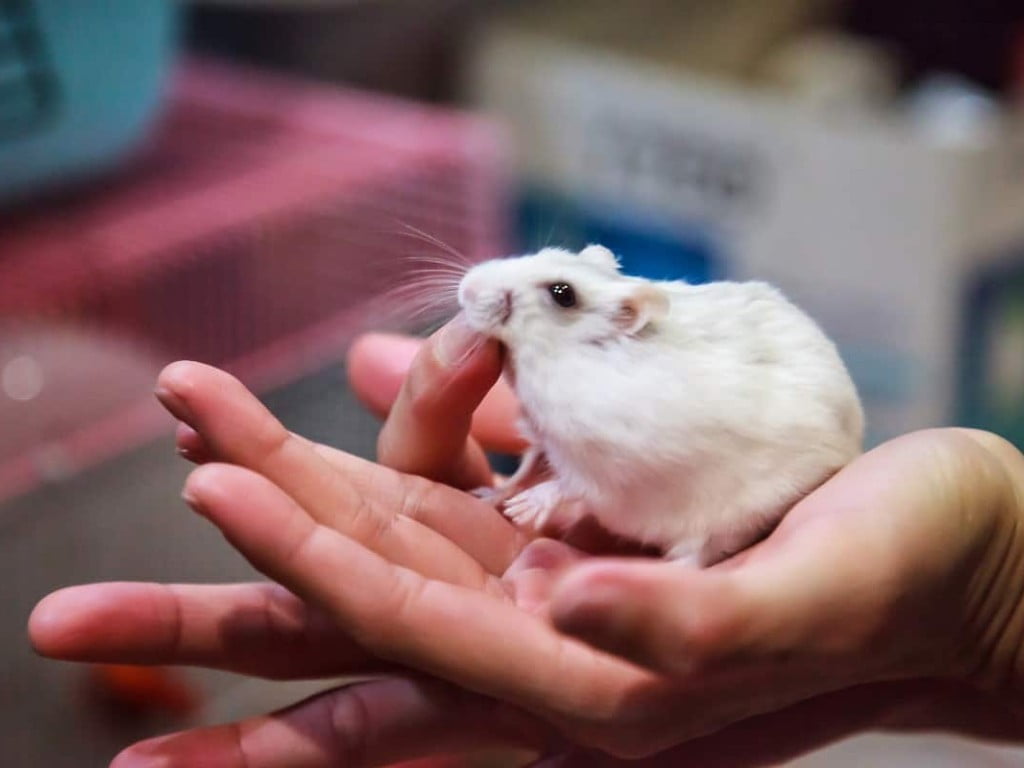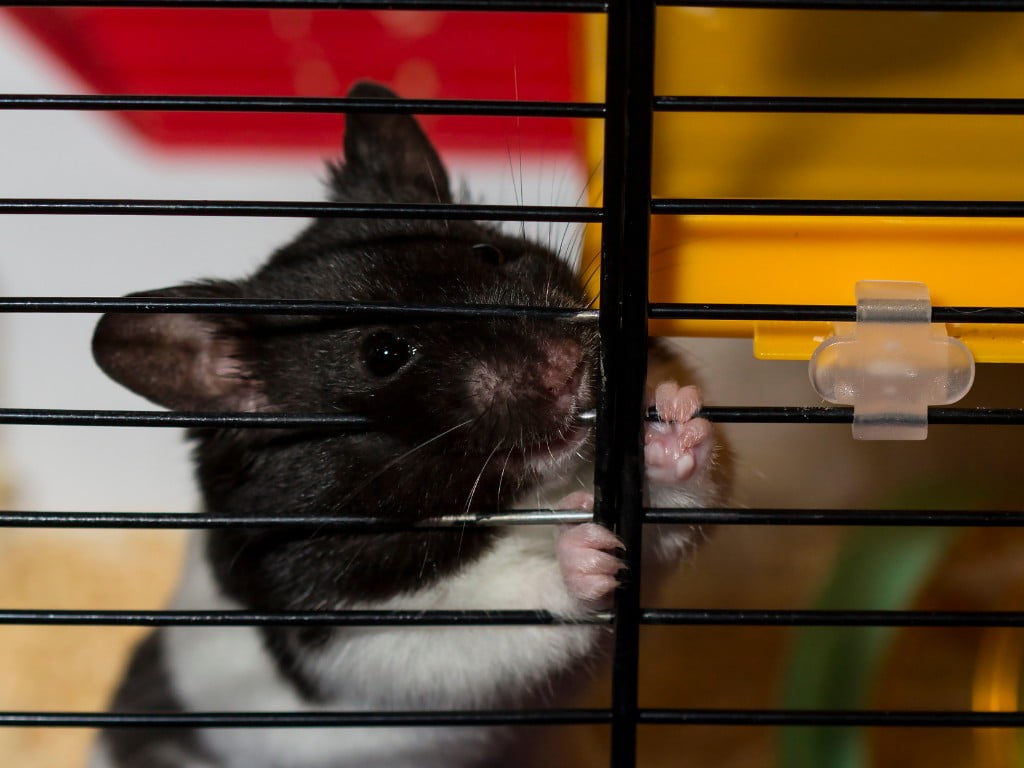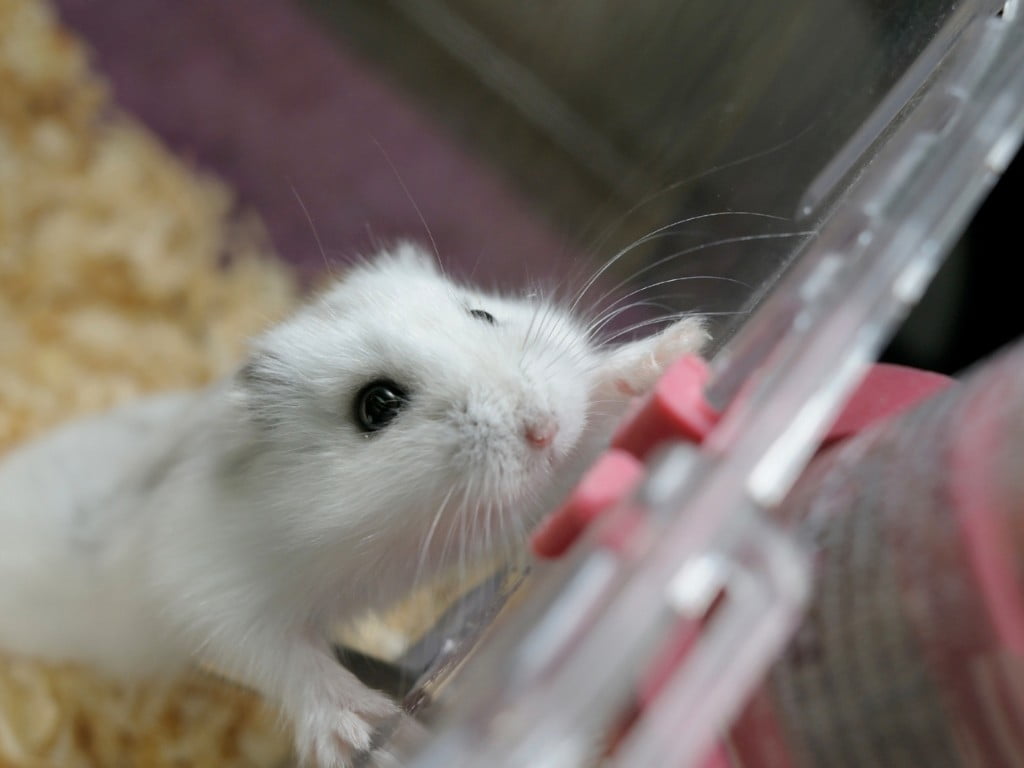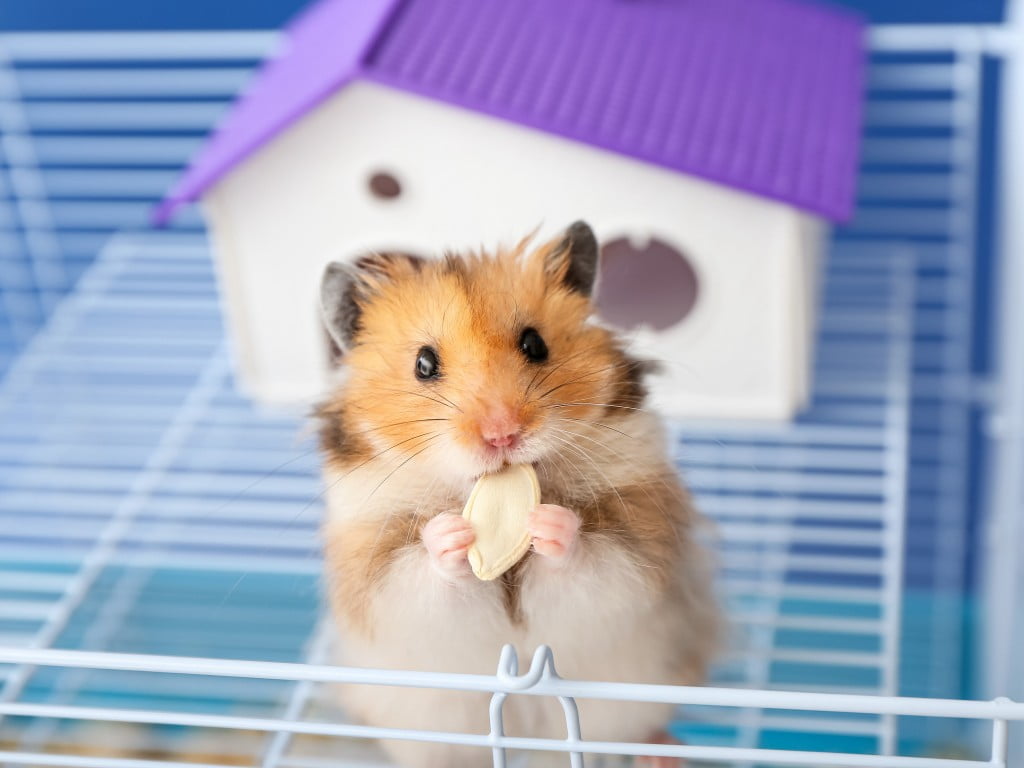Hamsters are fun pets with their small size, cute looks, and simple care needs. But, like any pet, they have behaviors that can sometimes be confusing or even annoying. Understanding these behaviors is important for keeping your hamster happy and healthy. This blog will help you learn about common hamster behavior problems and how to fix them, making sure you and your pet can enjoy a good relationship.
Common Hamster Behavior Problems

Biting
Biting is a common problem with hamsters. They might bite because they are scared, stressed, not used to being handled, or feel their space is being invaded. To stop biting, handle your hamster gently and slowly. Create a peaceful setting free of loud noises and unexpected movements. Use treats and soft talk to help your hamster get used to you.

Bar Chewing
Hamsters often chew on their cage bars when they are bored or not getting enough stimulation. This can also happen if their cage is too small or not interesting enough. To stop bar chewing, give your hamster chew toys and different activities to keep them busy. Make sure their cage is big enough and has things like wheels, tunnels, and nesting materials.

Escaping
Hamsters like to explore and might try to escape if their cage is not secure or if the outside looks more interesting. To prevent escapes, check the cage regularly for gaps or weak spots. Make the inside of the cage more interesting so your hamster wants to stay inside.

Aggression Towards Other Hamsters
Hamsters can be aggressive towards each other, usually because of territory disputes or because they are different species. For example, Syrian hamsters are very territorial and should be kept alone. To manage aggression, know your hamster’s social needs, separate them if needed, and introduce them properly if you want to keep more than one hamster. Always watch their interactions closely.
Pacing and Repetitive Movements
If a hamster is pacing or moving in circles, it might be bored or stressed. This means they require increased mental and physical stimulation. To help, give them a variety of toys and activities, and change them regularly to keep your hamster interested.
Health-Related Behavioral Issues in Hamsters

Lethargy
Lethargy, or being very tired, can be a sign of health problems like infections or poor nutrition. If your hamster is lethargic, take them to a vet quickly. Make sure they have a good diet and enough water. Regular vet check-ups can catch health issues early.

Excessive Sleeping
Hamsters sleep during the day because they are nocturnal. However, if they sleep too much, it might mean they are sick. Things like age, health, and environment affect their sleep. Watch these factors and adjust as needed. If you see big changes in their sleep or behavior, talk to a vet.
Environmental Factors Affecting Behavior in Hamsters
Cage Setup
A good cage setup is important for your hamster’s health and happiness. A small or messy cage can cause stress and behavior problems. Make sure the cage is big enough and has things like wheels for exercise, tunnels for exploring, and nesting materials for comfort. Bigger cages with multiple levels can keep your hamster active and happy.
Temperature and Light
Keep the temperature between 65-75°F (18-24°C) to avoid stressing your hamster. They may become ill if the temperature is too high or too low. Also, let your hamster have a natural day-night cycle by not exposing them to constant artificial light, which can stress them out.
Noise and Disturbances
Hamsters have sensitive ears and can get stressed by loud noises. Put the cage in a quiet place away from direct sunlight and heavy foot traffic. Reduce sudden movements and loud sounds near the cage to keep a calm environment, making your hamster feel safe.
Tips for Bonding with Your Hamster
Building Trust
Building trust with your hamster requires time and care. Handle them gently and often so they get used to you. Use treats to reward good behavior. This helps your hamster see you as a friend.
Interactive Play
Playtime outside the cage should be safe. Supervise your hamster to prevent escapes or injuries. Playpens or safe areas are good for exploring. This helps with mental stimulation and exercise, keeping your hamster healthy and happy.
Recognizing Individual Personality
Every hamster is unique. Spend time observing and learning your hamster’s preferences and dislikes. Adjust your care to fit their personality. Some hamsters like more handling, while others prefer playing alone.
Conclusion
Understanding your hamster’s behavior is key to making sure they are happy and healthy. Watch their actions, make necessary changes, and seek vet advice if needed. By solving common behavior problems and creating a loving environment, you can have a rewarding relationship with your hamster.
FAQs
How often should I clean my hamster's cage?
Clean the cage at least once a week, removing dirty bedding and uneaten food. Do a deep clean once a month.
What should I feed my hamster?
Give a balanced diet of commercial hamster pellets, fresh vegetables, and occasional treats. Always have fresh water available.
How can I know whether my hamster is happy?
A happy hamster will be active, curious, and have a good appetite. Regular grooming and playful behavior are also good signs.
Can hamsters recognize their owners?
Yes, hamsters can recognize their owners by scent and sound. Regular interaction helps them remember you.














Comments are closed.